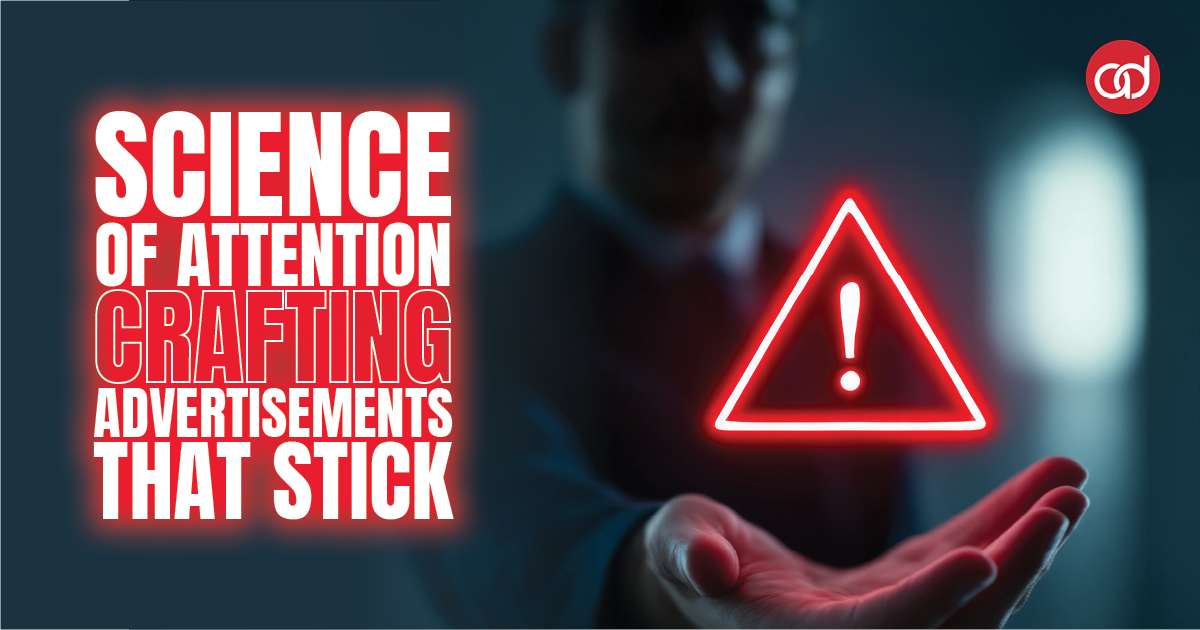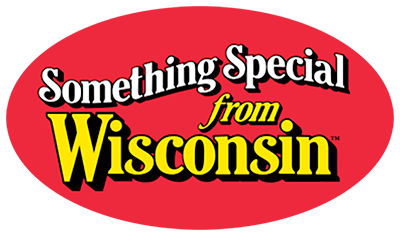The Science of Attention: Crafting Ads That Stick
Posted on October 28, 2025
In a world overflowing with information, attention is a rare and valuable commodity. For advertisers, the challenge isn’t just to grab attention but to hold it long enough to make a lasting impression. The science of attention offers insights into how consumers process information, prioritize stimuli, and engage with content. By understanding these principles, advertisers can craft ads that resonate, persuade, and, most importantly, stick.
What Makes Attention So Elusive?
The human brain is bombarded with thousands of messages daily. According to research, people are exposed to between 6,000 and 10,000 ads every day, yet only a fraction of these make an impact. Why?
1. Cognitive Overload: With so much competing for our attention, the brain filters out anything deemed irrelevant.
2. Short Attention Spans: Studies suggest the average attention span is around 8 seconds, meaning ads must deliver their message almost instantly.
3. Emotional Barriers: Without an emotional hook, many ads fail to connect and are quickly forgotten.
The Science of Capturing Attention
Attention operates on two levels: automatic and focused. Automatic attention is reflexive, triggered by novel or striking stimuli, while focused attention is deliberate and sustained. Successful ads often activate both.
1. Novelty and Surprise
The brain is hardwired to notice the unexpected. Ads that present something new, surprising, or out of the ordinary are more likely to stand out.
Pro Tip: Experiment with unexpected visuals, intriguing headlines, or unconventional storytelling to disrupt patterns and capture curiosity.
2. Emotional Resonance
Emotionally charged content is far more memorable. Whether it’s humor, nostalgia, or empathy, feelings drive connection.
Pro Tip: Identify the emotions you want your audience to feel and design your ad around them.
3. The Power of Visuals
Humans process visuals faster than text. Bold, high-quality images and videos are essential for making an immediate impact.
Pro Tip: Use visuals that are not just eye-catching but also convey the core message immediately.
4. Personalization and Relevance
People are more likely to pay attention to content that feels tailored to them. Personalization, powered by data, ensures that your ad speaks directly to your audience’s needs and interests.
Pro Tip: Leverage tools like audience segmentation and dynamic ad content to make your messaging more relevant.
Strategies to Hold Attention
Once you’ve captured attention, the next challenge is keeping it. Here’s how to maintain engagement:
1. Simplify Your Message
The simpler the message, the easier it is to process. Avoid overwhelming viewers with excessive text or complex visuals.
Pro Tip: Use one clear call-to-action (CTA) and focus on a single, compelling idea.
2. Use Storytelling
Stories are inherently engaging because they create tension and resolution. A wellcrafted narrative holds attention and reinforces your message.
Pro Tip: Structure your ad with a beginning, middle, and end, ensuring the resolution ties back to your product or service.
3. Interactivity
Interactive ads encourage viewers to actively engage with your content, increasing both attention and retention.
Pro Tip: Use quizzes, polls, or gamified elements to turn passive viewers into active participants.
Avoiding Common Pitfalls
Not every attention-grabbing tactic works, and some can even backfire:
1. Clickbait Fatigue: Sensational headlines that don’t deliver on their promise can damage trust.
2. Irrelevance: Content that doesn’t align with audience interests or brand values is quickly dismissed.
3. Overcomplication: Ads that try to do too much confuse viewers and dilute the message.
The best ads strike a balance between creativity, clarity, and relevance, ensuring they resonate without overwhelming.
Measuring Attention and Success
To understand whether your ad is truly sticking, track key performance indicators (KPIs) that reflect engagement:
• View-through Rates (VTR): How many viewers watched your ad all the way through?
• Click-Through Rates (CTR): Are viewers taking action after seeing your ad?
• Engagement Metrics: Social shares, likes, and comments indicate emotional resonance and connection.
• Brand Recall: Post-campaign surveys can measure how well viewers remember your ad and its message.
The science of attention is both an art and a discipline. By leveraging psychological principles, creative storytelling, and data-driven insights, advertisers can craft campaigns that don’t just capture fleeting attention but leave a lasting impression. In a crowded and competitive media landscape, standing out requires more than just creativity—it demands a deep understanding of how your audience thinks and what drives them to engage. So, as you plan your next campaign, remember attention isn’t just given, it’s earned.

